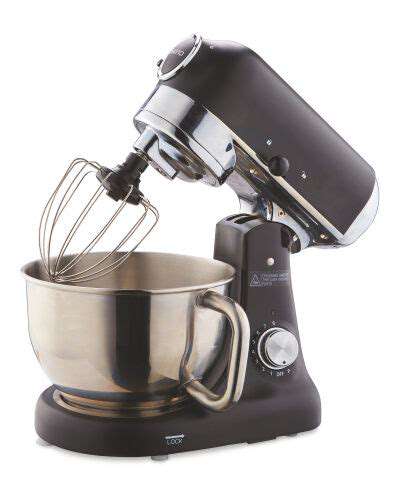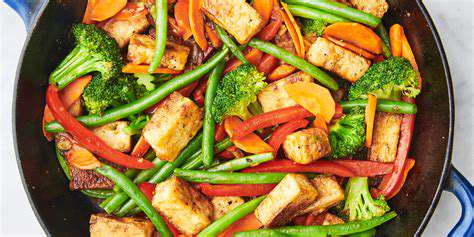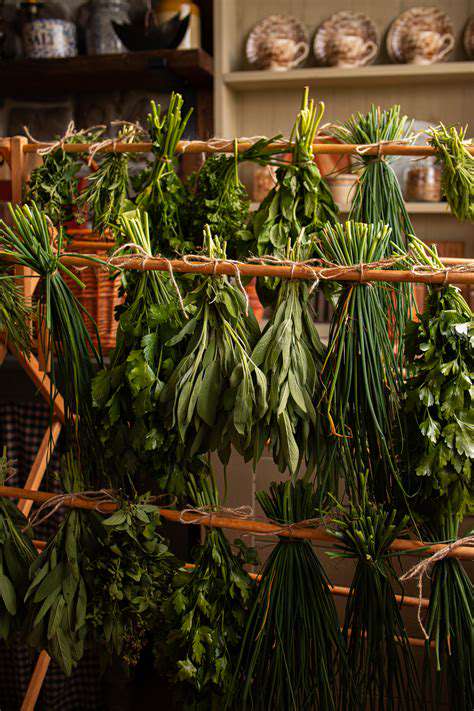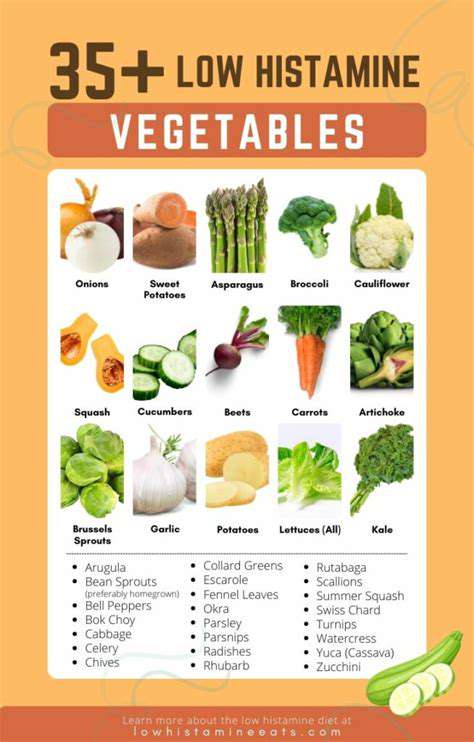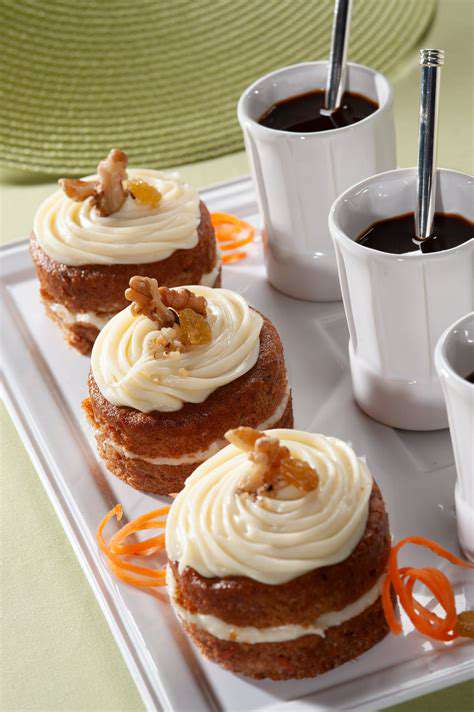Quick and Easy Pasta Dishes for Dinner
Creamy Pesto Sauce
My neighbor Gina introduced me to this brilliant shortcut: combine prepared pesto with mascarpone instead of heavy cream. The result is luxuriously smooth with brighter herbal notes. It's become my go-to when I need something impressive but have barely 15 minutes to spare. The key is gently warming the sauce - boiling ruins the fresh basil flavor.
Just last week, I used walnut pesto instead of the traditional pine nut version and stirred in some roasted cherry tomatoes. Served over pappardelle, it tasted like something from a trattoria. Leftover sauce? Thin it with more cream for an incredible salad dressing or sandwich spread.
Garlic Parmesan Sauce
This sauce proves that sometimes simple is best. I'll never forget how my grandmother taught me to make it: slowly cooking sliced garlic in butter until golden, not brown. That patience creates a mellow, nutty flavor without bitterness. Freshly grated Parmigiano-Reggiano melts into the cream beautifully, while black pepper adds just the right bite.
For variation, I sometimes substitute pecorino for half the Parmesan. And when I'm feeling fancy, a splash of white wine added with the cream makes it restaurant-worthy. This sauce pairs perfectly with fettuccine or stuffed shells.
Spicy Peanut Sauce
My college roommate from Thailand showed me how authentic peanut sauce should taste - balanced between sweet, salty, and spicy. The magic ratio is 3 parts peanut butter to 1 part each soy sauce and lime juice. A teaspoon of sambal oelek provides heat without overwhelming, while palm sugar rounds out the flavors.
I've found this sauce works wonders on soba noodles or rice sticks. For texture, I top the dish with crushed peanuts and quick-pickled vegetables. It's become my Thursday night tradition - quick, satisfying, and packed with protein.
Lemon Garlic Butter Sauce
There's something magical about the combination of lemon and garlic. I use Meyer lemons when in season - their floral notes elevate the sauce. The trick is adding lemon zest first to infuse the butter, then the juice at the end to preserve brightness. A sprinkle of red pepper flakes adds pleasant warmth.
This sauce transforms simple ingredients. Last month, I tossed it with linguine, shrimp, and arugula for a complete meal in 20 minutes. The leftovers (if there are any) make an incredible base for next-day scrambled eggs.
White Wine Garlic Sauce
A good Sauvignon Blanc makes all the difference here - something crisp with citrus notes. Reducing the wine by half concentrates flavor without harsh alcohol tones. I finish the sauce with a pat of cold butter swirled in off heat, creating a velvety texture that coats each strand of pasta beautifully.
This is my favorite sauce for seafood pastas. Just last week, I used it with clams and linguine - the briny juices thickened the sauce naturally. For vegetarians, mushrooms make an excellent substitute, absorbing all those wonderful flavors.
Pasta Primavera: A Springtime Delight
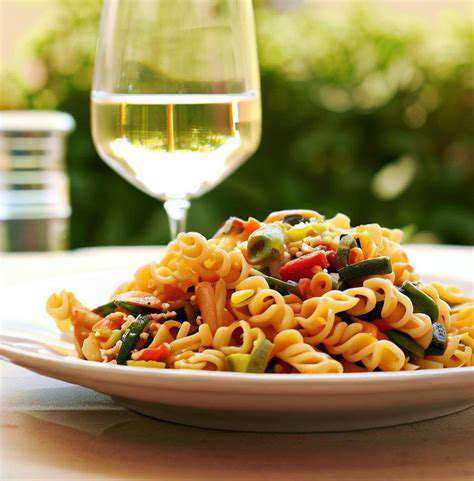
A Vibrant Springtime Delight
Pasta Primavera celebrates spring's bounty like no other dish. I remember my first bite at a tiny trattoria in Tuscany - the crisp-tender vegetables sang with freshness against the creamy sauce. What makes it special is cooking each vegetable separately to perfect doneness. Blanched peas retain their pop, while zucchini keeps just the right amount of crunch.
The colors alone brighten any table. I arrange ingredients in sections over the pasta - it's edible art. A final drizzle of excellent olive oil and lemon juice brings everything together. This dish proves healthy eating needn't be boring.
A Symphony of Fresh Herbs and Vegetables
At the farmers market yesterday, I gathered purple asparagus, yellow squash, and scarlet radishes for my version. The key is selecting vegetables with varying textures and cooking times. I start with the firmest (like carrots), progressing to delicate greens added just before serving.
Fresh herbs make the dish. My current favorite combination includes tarragon's licorice notes with lemon thyme's brightness. For depth, I sauté shallots slowly until caramelized. The aroma filling my kitchen transports me straight to springtime in Provence.
A Healthy and Delicious Meal
After winter's heavy stews, my body craves this lightness. The vegetables' natural sugars caramelize slightly, creating complexity without added fats. I've found substituting half the pasta with spiralized zucchini noodles increases veggie intake without sacrificing satisfaction.
This dish adapts beautifully to dietary needs - gluten-free pasta works perfectly, and nutritional yeast can replace cheese for vegans. The leftovers (if any) make a fantastic chilled salad next day - just add a squeeze of fresh lemon to revive the flavors.
Easy Preparation and Versatility
What I love most is how this dish forgives improvisation. Last-minute substitutions become happy accidents - maybe snap peas instead of asparagus, or adding preserved lemons for punch. The basic technique remains simple: cook pasta al dente, prepare vegetables with care, combine with love.
For busy nights, I prep vegetables ahead and store them in separate containers. The actual cooking then takes mere minutes. It's become my signature dish for spring entertaining - visually stunning yet unfussy enough for casual gatherings.
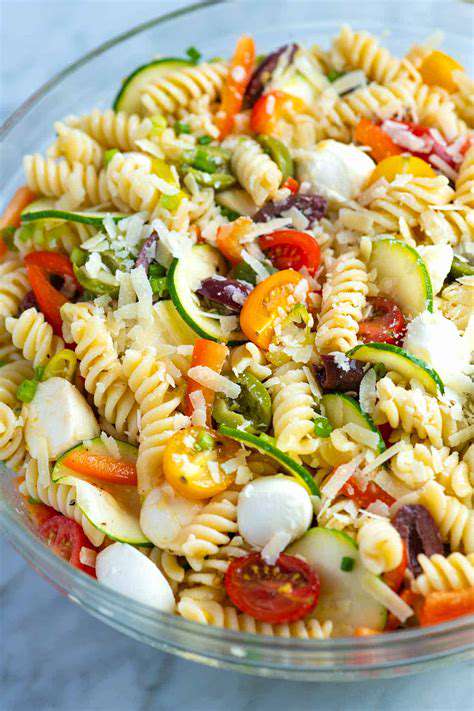
![Healthy Meal Plan for Weight Loss [7 Day Guide]](/static/images/28/2025-05/Day53AAFocusonFiberandHydration.jpg)
